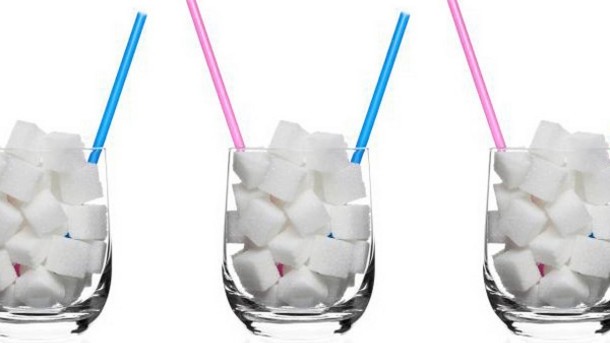Soft drink tax targets heavy consumers, says Australian study

Soft drinks taxes reduce consumption among heavy consumers far more than that of moderate consumers, researchers from Monash University added.
Policy makers often believe extra taxes on soft drinks do not impact heavy consumers because this group has developed set habits or an addiction to sugar-sweetened beverages, researchers explain.
But their study challenges this notion, finding that heavy consumers would have higher health gains from the strategy than other consumers.
How to refrain from burdening responsible consumers
“Obesity is a major public health problem across developed and developing countries,” wrote Anurag Sharma, one of the authors. “In Australia, UK and USA, more than 60% of the adult population is overweight or obese.
“The resulting healthcare costs have been consistently evaluated at 1 − 3% of total healthcare costs in most countries, with around 7% in the US.
“In Australia, the costs of obesity alone might be over AU $7bn ($5.5bn USD) annually.
“Targeting sugar-sweetened beverages (SSBs) is often advocated as a crucial part of the significant change required to halt the spread of weight gain across society.”
Researchers calculated the impact of a 20 cent per liter excise tax on the consumption of SSBs. They also looked at the impact of a 20% sales (ad valorem) tax.
In the study, SSBs included regular soft drinks, mixers, energy drinks, flavoured water, cordials, and fruit drinks.
Researchers wanted to find out whether those consuming high amounts of SSBs responded differently to a change in pricing from a SSB tax (and, therefore, whether the impact on their health was different to moderate consumers).
They also looked at whether moderate consumers would face a higher tax burden than high consumers. “This issue is important as there is a major concern that an SSB tax could unfairly burden moderate consumers who consume SSBs responsibly, “ said Sharma.
Excise tax favored
Researchers found that an excise tax would have a bigger impact than its equivalent ad valorem tax when it comes to reducing consumption, particularly among heavy drinkers.
“The main reason is that heavy drinkers are more likely to buy discounted (and often multipacks) SSBs. As these products are generally priced under $1 a liter, an excise tax of 20 cents per liter will produce a higher price increase than a 20% ad valorem tax.”
They also found that adding either tax to SSBs would only create a small financial burden to those who drink the beverages in low or medium volumes. The average per capita per year tax burden for both excise and ad valorem tax was found to be ‘insignificant in terms of magnitude.’
“There is a perception in policy circles that heavy consumers of beverages might not respond to these taxation policies because of the addiction and habit formation issues.
"Our results show on the contrary that, although high consumers of SSBs have the least elastic demand, given their high level of consumption, they will have higher health gains.
“Our policy simulations suggest that an excise tax should be preferred; it is more effective at decreasing consumption at lower ‘facial’ level, and the associated yearly per capita tax burden is rather low in magnitude.
"These findings complete the previous evidence that an excise tax on SSBs is an effective policy intervention with significant positive impact on public health and negligible negative effect on consumer's welfare.”
The study was funded by the Australian Research Council.
Title: 'Do High Consumers of Sugar-Sweetened Beverages Respond Differently to Price Changes? A Finite Mixture IV-Tobit Approach'
Authors: Etilé, F; and Sharma, A.
Source: Health Economics. First published online February 11, 2015. doi:10.1002/hec.3157



